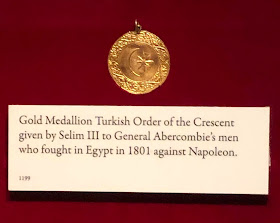This is more fine tuning than a complete rewrite. The key mechanisms look the same to me. After the scheduled phase deploying air attacks and off-table artillery, we move to the initiative phase, which allows movement and fighting when troops are within tactical range. The key phase is the command stage, which involves having to roll equal or below the command value for each group of units. You can continue to roll until you fail, which means several moves or rounds of fighting are possible in each turn. This can be very variable and is one of the controversial aspects of the rules. I see what the authors are trying to achieve, but it can result in some strange outcomes. It works for movement, but I am less convinced when it comes to firing and assault.
Firing is pretty conventional with hits and saves. Each unit has so many hits, and this means players tend to concentrate on one target at a time. This looks a bit odd and allowed for in the absence of a proximity rule.
The game is understandably designed for Pendraken's 10mm figures, although you can use any scale. I have always regarded this as a micro-armour set, but in both test games we used figures from my 15mm collection, which worked fine.
I have tried a wide range of rules for micro-armour and 15mm WW2. Flames of War is fine if you are a regular player, but there are too many add on rules for the casual player, not to mention the strange ground scale. Iron Cross is an interesting game but lacks the all arms elements. Command Decision is too slow and complex.
Rommel is my game of choice at the strategic level. For micro-armour that still leaves Spearhead, which isn't always a quick game and can be overly rigid.
On balance, despite its quirks, I will persevere with Blitzkrieg Commander. It does provide a fast flowing game that is easily picked up and a few tweaks might address my problems with just two of the mechanisms.
My test games included Arras 1940 to go with my book review. Before that I played the Nomonham Incident of 1939 - Japan v Russia in the Far East. A relatively simple game, in which the Russian steamroller triumphed again.





















































